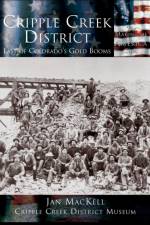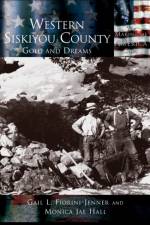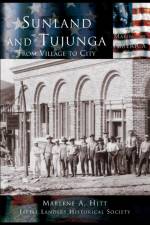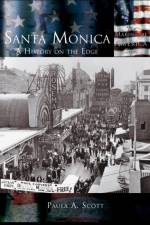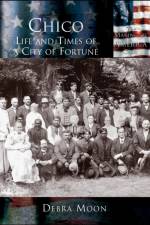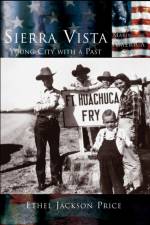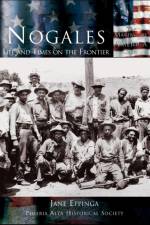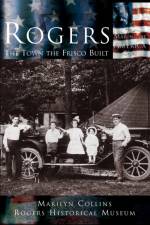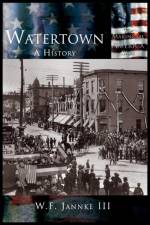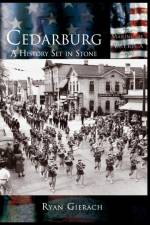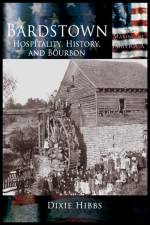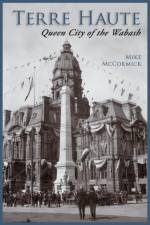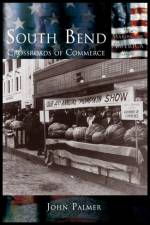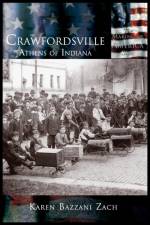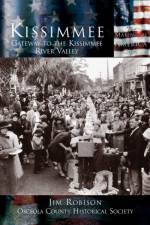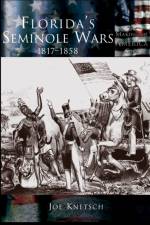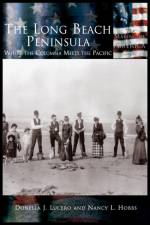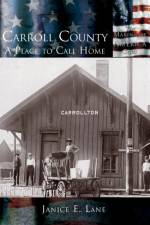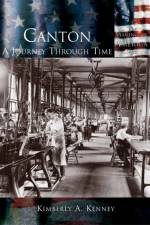- From Village to City
av Marlene a Hitt & Little Landers Historical Society
387
The beautiful village of Sunland began as a quiet agricultural center, while Tujunga, at first a utopian colony, chiefly embraced commercial, social, and cultural endeavors. The two once exquisite spots have prospered and united, evolving into a hub of small business trade, close community, and diversified living. The Tujunga Native Americans originally settled this piece of secluded wilderness alongside Southern California''s Angeles National Forest. However, it was not until Spanish settlement and missionization in 1769, and the Mexican occupation soon after, that the Sunland and Tujunga area was transformed from a primitive village to a Mexican cattle frontier, facilitated by the Rancho Tujunga land grant of 1840. As the region grew and changed, the soul of Sunland and Tujunga became personified in the hardiness, innovation, success, and failure of each generation of pioneers.Chronicling the region''s history from the year 500 to modern times, Sunland and Tujunga: From Village to City tells the singular story of the development of these California towns from quiet native home to inconspicuous village to thriving city. Exploring the growth of industry, agriculture, and recreation in Sunland and Tujunga, this volume also depicts the daily life of early inhabitants who built homes, erected churches, set up schools, opened businesses, and worked hard to establish a strong, healthy community for the generations that would follow. Over 100 compelling photographs highlight the awesome beauty of the area, as well as the unyielding spirit of the men and women who shaped Sunland and Tujunga into the communities they are today.


